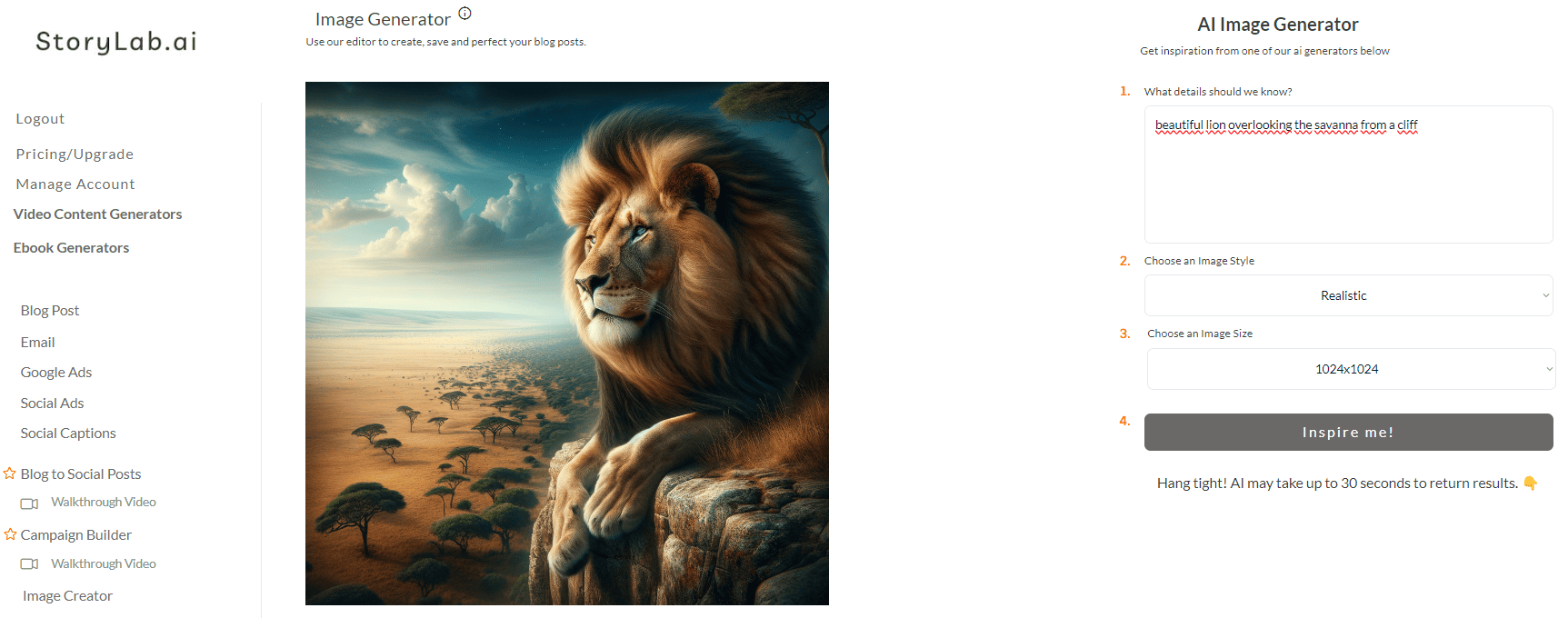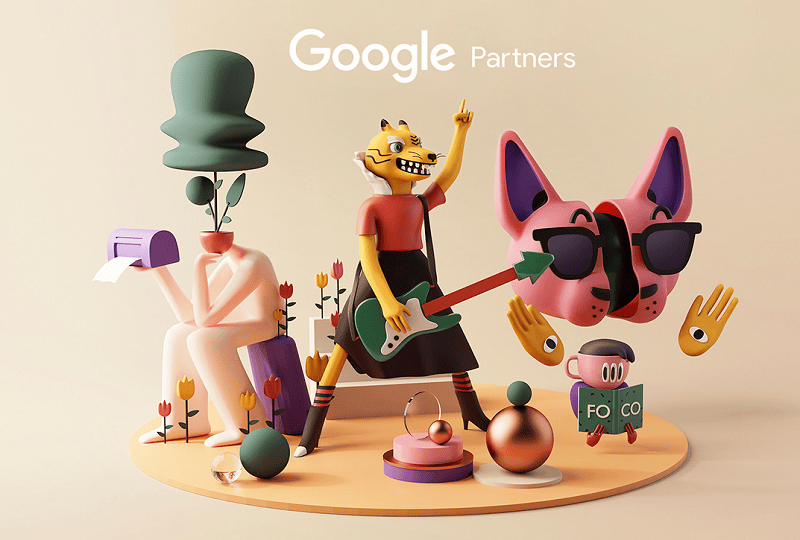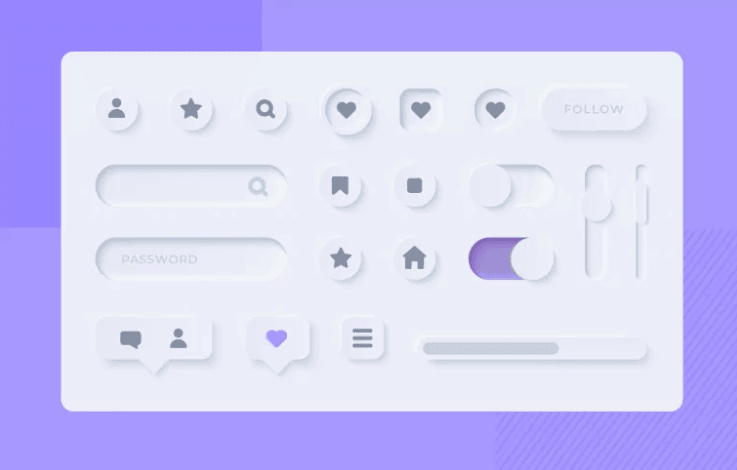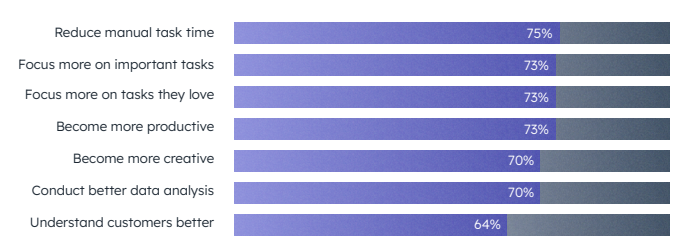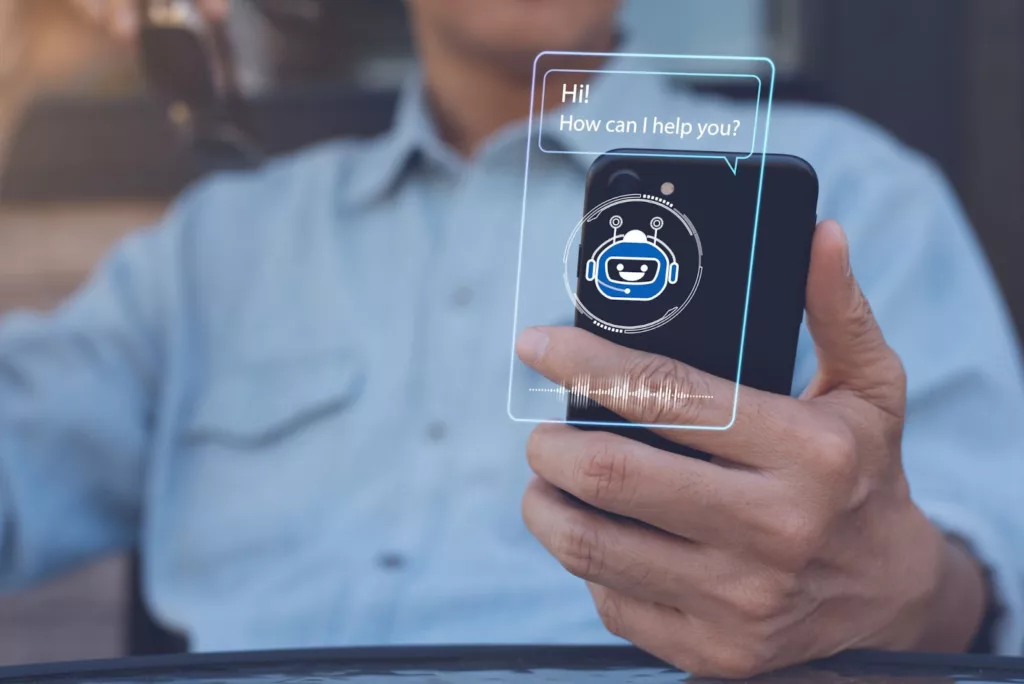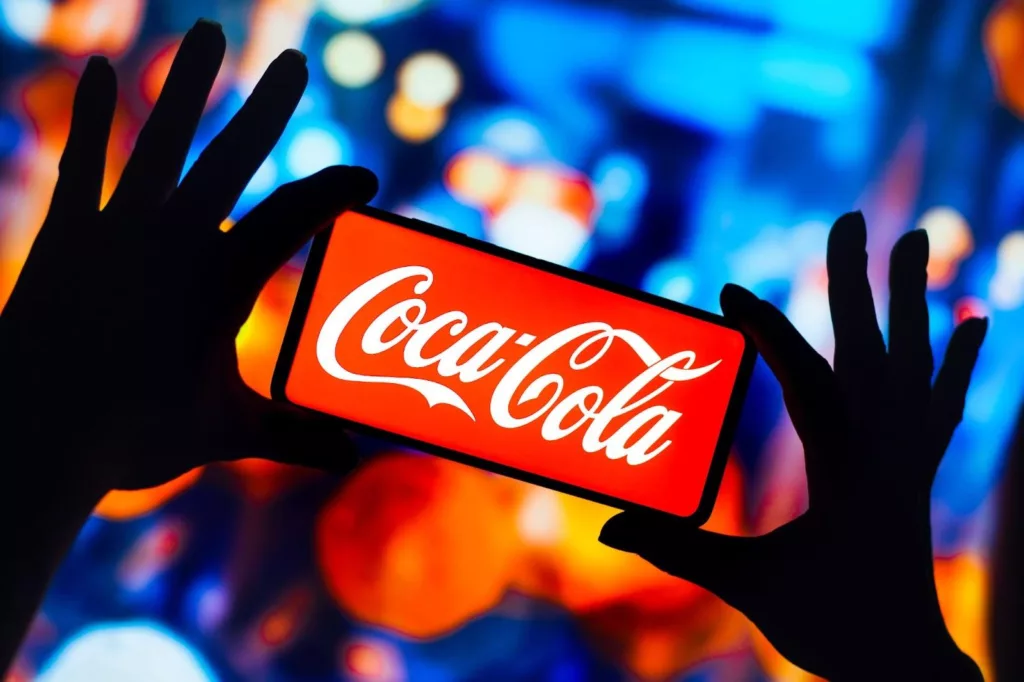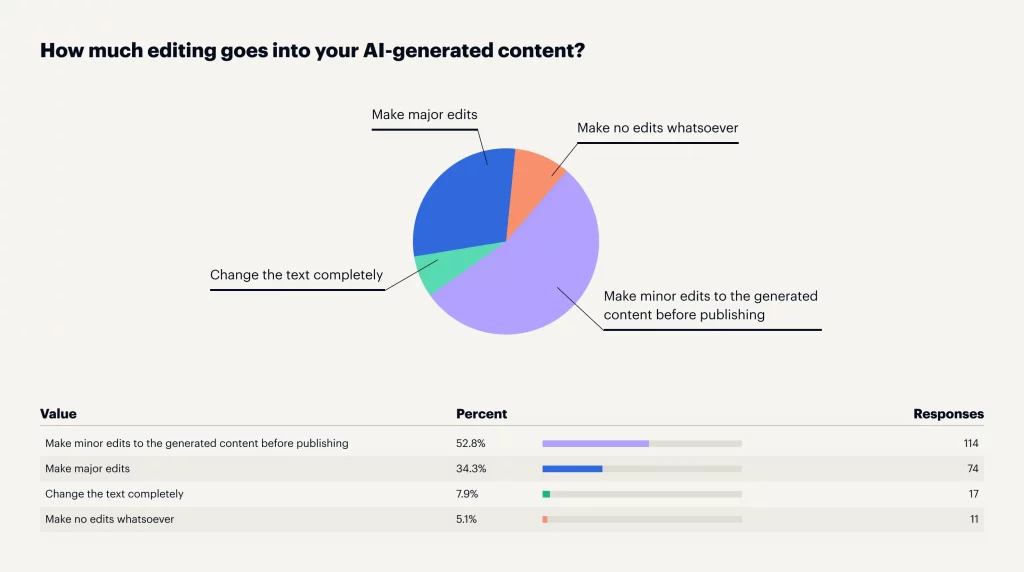Selecting the right E-commerce Development Solution is crucial for success. With so many options on the market, there is no hard and fast rule on picking the right one.
Recently, we have seen traditional commerce models being dominated by e-commerce. Based on this data, in the USA, consumer spending on online shopping was more than in-store shopping in 2023. In 2020, online spending surged by $900 billion compared to the prior two-year trend. By 2026, global retail e-commerce sales will amount to $8.1 trillion. As per the statistics, more people turn to online shopping, 43% of consumers in the U.S. say they prefer shopping online rather than in-store, making it the country with the highest online shopping preference. These statistics draw a clear picture of the ongoing shift from traditional in-store shopping to the convenience and accessibility of online shopping. However, it’s important to note that both options still hold value for consumers, and the future will likely see a blend of both channels. By understanding these trends and staying ahead of the curve, businesses can position themselves for success.
The Covid 19 pandemic has changed the e-commerce market worldwide. The pandemic has adversely affected global economic growth in the trade and commerce industry. While the Covid 19 caused a lockdown that severely affected the commercial and retail systems, this created a boom in the e-commerce market. The Covid 19 has changed world living and their daily routines. Consumers were spending more time at home due to travel restrictions, and offices shifted to traditional settings to work from home. This made businesses quickly shift from traditional offline outlets to online purchases.
Today, factors such as mobile shopping, personalized experiences, and faster delivery times are becoming increasingly important to consumers. To stay competitive, companies must invest in platforms that offer scalability, flexibility, and robust features to meet the demands of an ever-growing online market.
On account of that, Starting an e-commerce website may seem beneficial, but as the website grows bigger, it invites complexities. Thus, business owners must look for a reliable solution to satisfy their stores’ needs. The two most suitable solutions available today are Laravel and Magento. But, which one is the best? It all depends on your specific needs. In this article, we’ll see the best for your specific needs.
What is Laravel?
Laravel is a general-purpose, open-source PHP framework created in 2011. It is used to build sites, web applications, and customized e-commerce solutions. Based on the model-view-control (MVC) architecture, Laravel is designed for developers, enabling them to create applications that align with specific requirements and operational workflows. According to the Stackoverflow developer survey 2024, Laravel is among the top Web frameworks and technologies. Additionally, Laravel is a modular framework, featuring a rich set of libraries and built-in functionalities that enhance development efficiency.
What is Magento?
Magento is an open-source e-commerce platform written in PHP that enables businesses to build, customize, and optimize their online retail experiences. Renowned for its flexibility, scalability, and customization options, Magento is one of the most popular e-commerce platforms in the world. It gives its users a comprehensive suite of tools and features including advanced marketing capabilities, robust SEO optimization, and sophisticated catalog management functionalities.
Key Considerations in Choosing an E-commerce Platform
When looking between Laravel and Magento, these factors must be considered:
- Scalability: Can you scale the platform as needed?
- Performance: How effectively does the framework handle the high traffic load?
- Cost and Development Time: What are the estimated cost and timeframe for development?
- Security: How safe is the platform? Can it safeguard customer data and transactions?
Laravel vs. Magento: A comparison
Code complexity
Code complexity is a significant factor to consider when choosing between Laravel and Magento.
Magento, a mature e-commerce framework, has undergone numerous iterations, resulting in a rich feature set, but an intricate codebase. While this complexity provides powerful tools, it can lead to challenges in development. Developers often find the framework’s extensive feature set cumbersome, making it difficult to read, maintain, and troubleshoot, especially if it’s written by others.
In contrast, Laravel’s MVC architecture promotes a straightforward code structure, making it easier for developers to manage and enhance their applications. Laravel streamlines database operations and code readability with clean, PHP-based syntax and Object Relational Mapping(ORM). This structure enables the developers to quickly understand and resolve issues in the codebase.
In terms of code complexity, Laravel offers a better experience for developers when compared to Magento.
Scalability
For Laravel, scalability can be implemented through database enhancement through indexing and query enhancements, implementing caching mechanisms like Redis, and utilizing load balancing to distribute requests across multiple servers. Tailoring these strategies to the specific requirements of the application will lead to effective scaling as traffic grows.
Magento scalability has two approaches. Vertical and horizontal scaling. Vertical scaling focuses on upgrading the server’s hardware to boost capacity and managing traffic spikes effectively. On the other hand, Horizontal scaling involves adding additional servers to distribute the workload, enhancing the robustness, and fault tolerance.
In terms of scalability, both Laravel and Magento offer scalable solutions but differ in their approaches. While Laravel offers varied scaling options, Magento offers dual scaling methods.
SEO friendly
Laravel provides a robust framework that supports SEO through its flexible routing and templates. Developers can create clean, SEO-friendly URLs, and manage metadata such as title tags and meta descriptions for each page. This flexibility allows for tailored SEO strategies that can adapt to changing requirements.
Magento includes various built-in SEO features such as support for URL rewrites, meta tags, and XML sitemaps. However, businesses can face challenges in managing duplicate content, optimizing HTML sitemaps, and ensuring product images are correctly tagged. Addressing these issues requires additional effort, SEO extensions, or partnering with SEO professionals.
In terms of SEO, both Laravel and Magento offer SEO functionalities, but Laravel wins out due to its flexibility to implement customized SEO solutions more efficiently.
Security Features
Both Laravel and Magento offer a range of security features. Laravel includes built-in security measures such as a robust secure authentication system, CSRF protection, cross-site scripting protection, secured password hashing, encryption, secure routing, and more. Laravel also allows developers to implement additional security layers, making it a safe option for e-commerce sites.
Magento also offers strong security features, including two-factor authentication, data encryption, firewall protection, secure payment processing, regular security updates, backup, and recovery. However, due to its complexity, securing a Magento store may require additional resources, including third-party extensions and ongoing maintenance to ensure that vulnerabilities are patched.
For larger enterprises, Magento’s security framework is designed to manage extensive data and transaction volumes, making it an ideal solution for high-traffic online stores. Businesses may benefit by partnering with e-commerce website development company to ensure comprehensive security management and regulatory compliance. While both Laravel and Magento offer strong security, Magento’s ecosystem makes it a great choice for organizations with stringent security requirements.
Development Time and Cost
For any enterprise, development cost and time are serious considerations, especially for small and medium enterprises. Laravel, initially is time-consuming to develop as developers need to create everything from scratch. But, in the long run, it is a cost-effective solution as one pays for the features they need without unnecessary overhead.
Magento, by contrast, offers ready-made e-commerce features, which can reduce development time. However, this comes at a higher initial cost, particularly for larger stores that require more complex integrations. Additionally, Magento’s expensive enterprise edition is best suited for larger enterprises with high-volume operations, extensive product catalogs, and customer data. Partnering with a Magento development services provider will get you the experts to build and deploy the store for your exact needs in a short time frame.
In terms of development time and cost, Laravel outperforms Magento
When to Choose Laravel for E-commerce Development
Laravel is best suited for businesses that require customized and unique e-commerce solutions. Its flexibility allows developers to create personalized features and designs that cater specifically to a business’s needs. By choosing Laravel development services, startups and small to medium-sized businesses can create a cost-effective, scalable, and user-friendly online store.
When to Choose Magento for E-commerce Development
Magento is the go-to platform for large enterprises that need a feature-rich, proprietary e-commerce platform. Its scalability and tools make it ideal for businesses managing vast inventories and high customer volumes. Partnering with an e-commerce website development company specializing in Magento can help streamline the development process and ensure the platform is used to its full potential.
Conclusion
Both Laravel and Magento offer powerful solutions for e-commerce development, but they serve different business needs. Laravel is the ideal solution for businesses seeking a highly customizable, scalable e-commerce platform, offering flexibility for unique features and cost-efficiency for small and medium size businesses. On the other hand, Magento stands out as the go-to e-commerce solution for large enterprises requiring robust, feature-rich solutions, capable of handling extensive product catalogs and high traffic. Ultimately, the right choice depends on the scale, needs, and business requirements.


